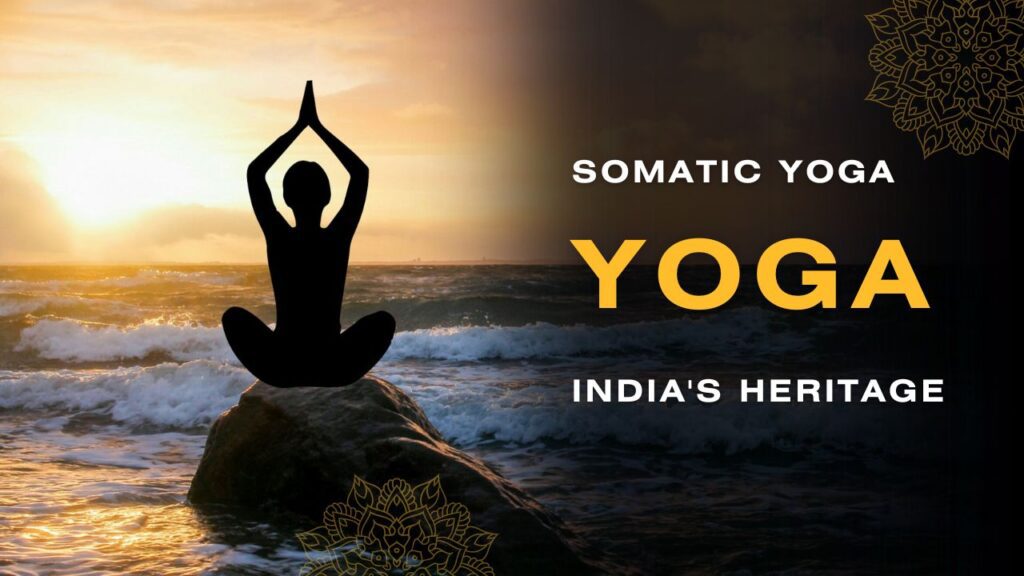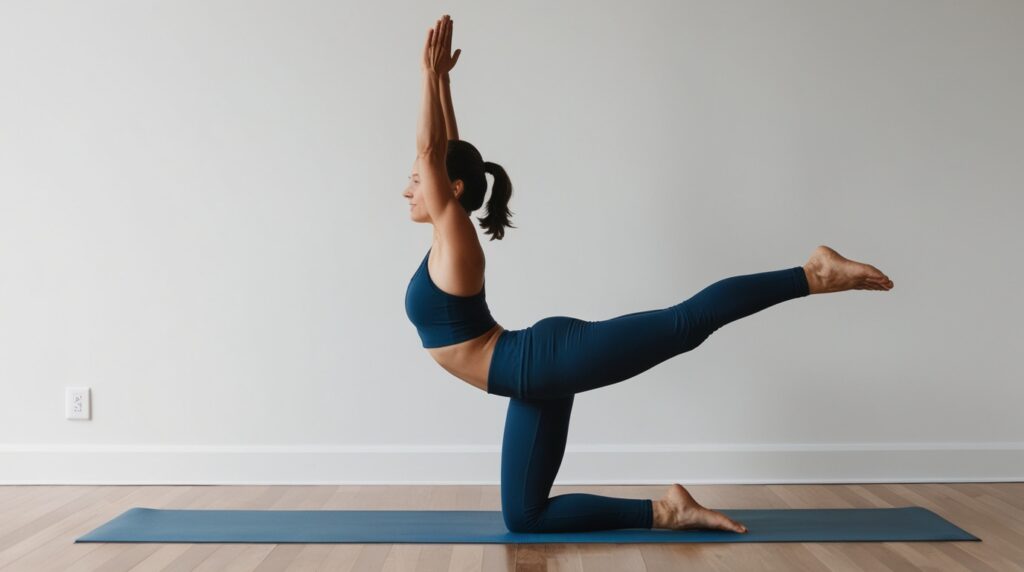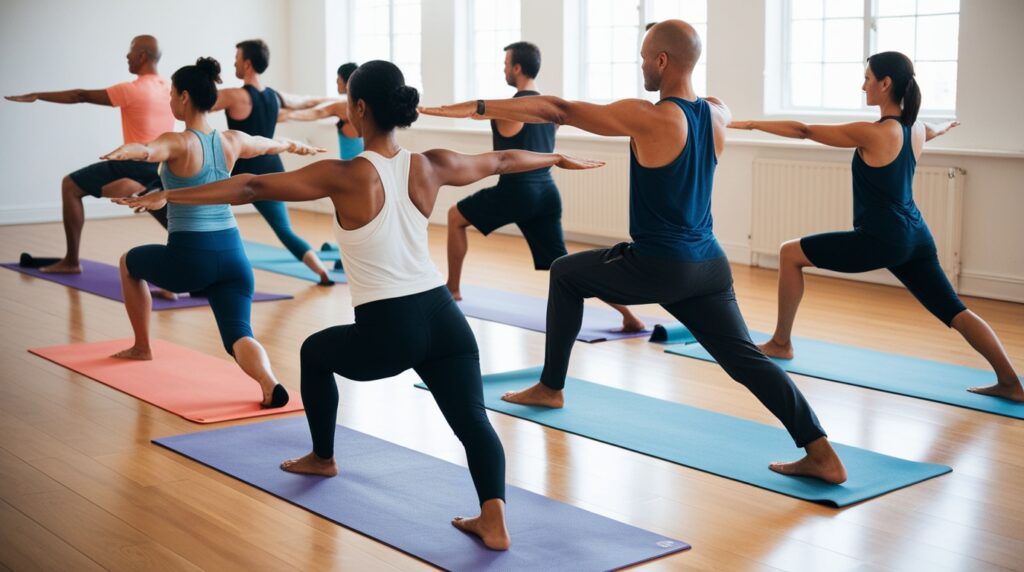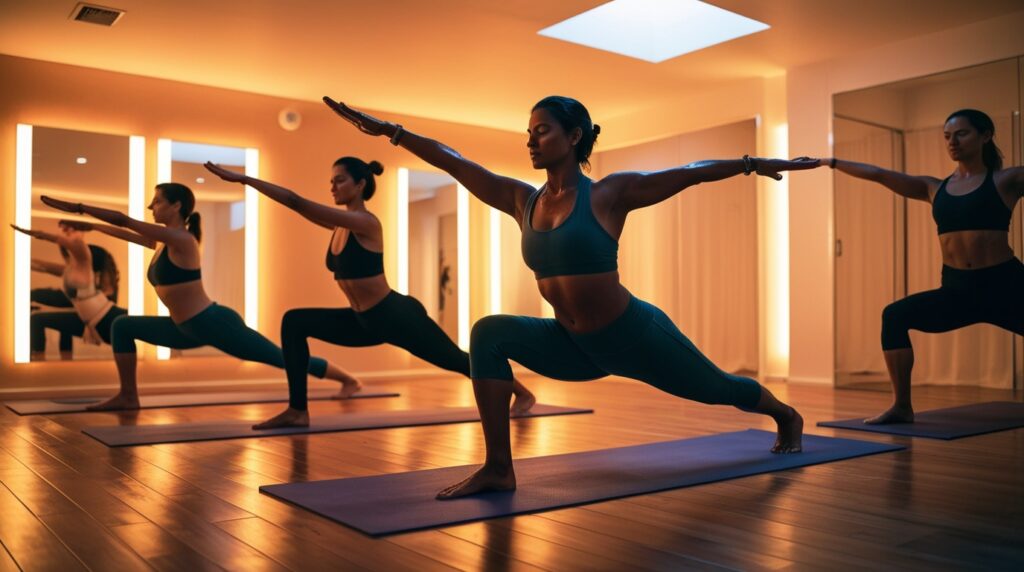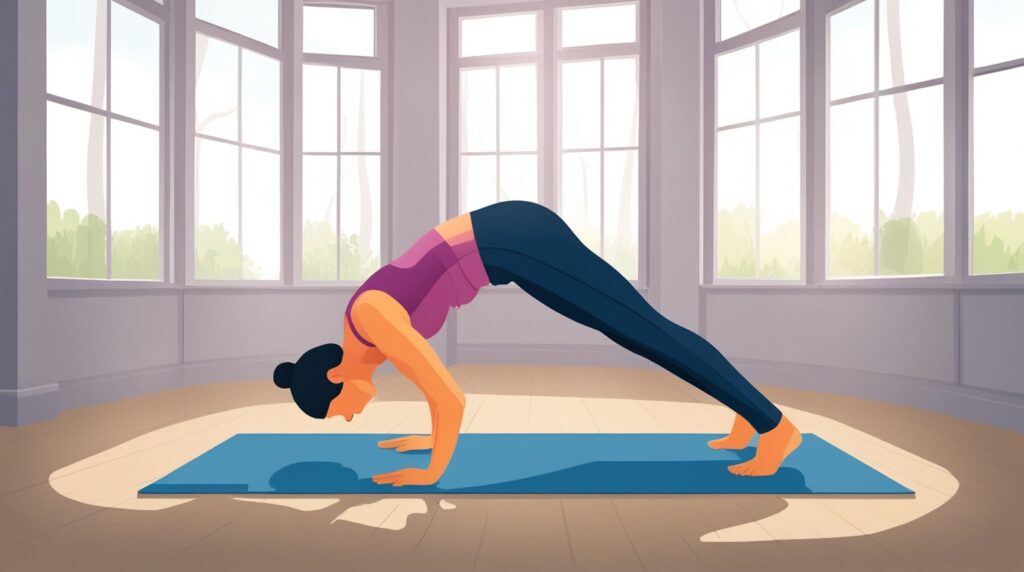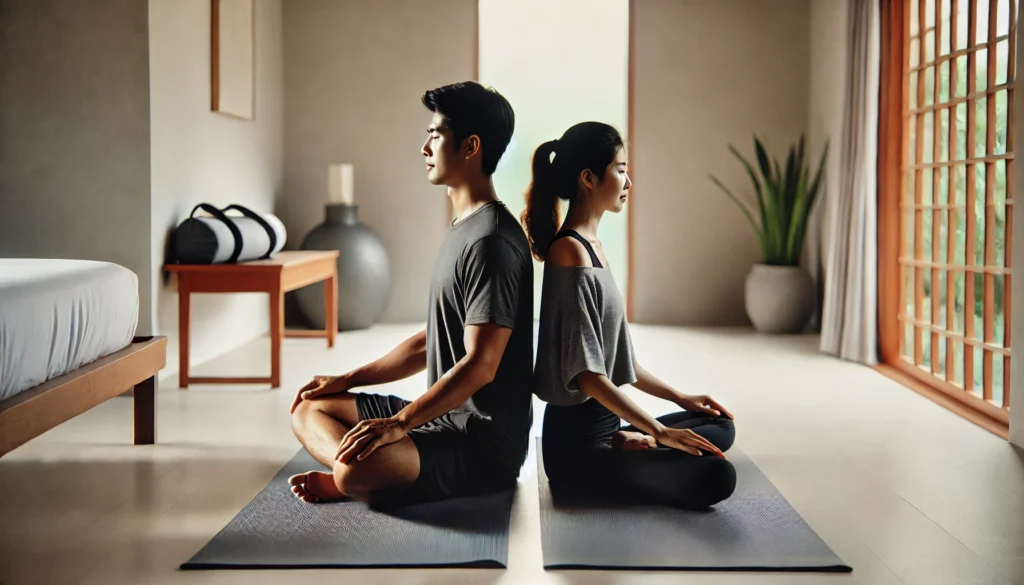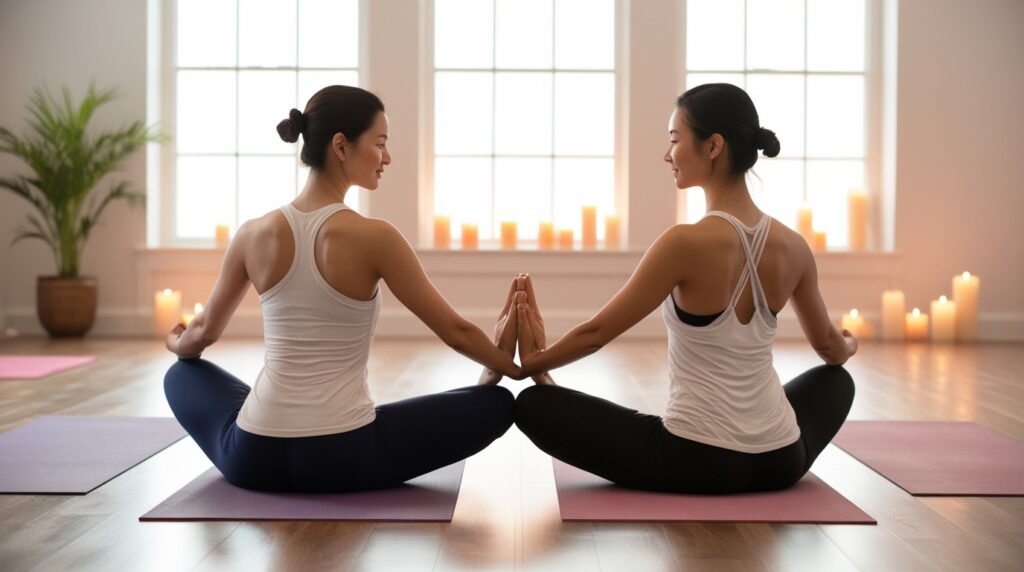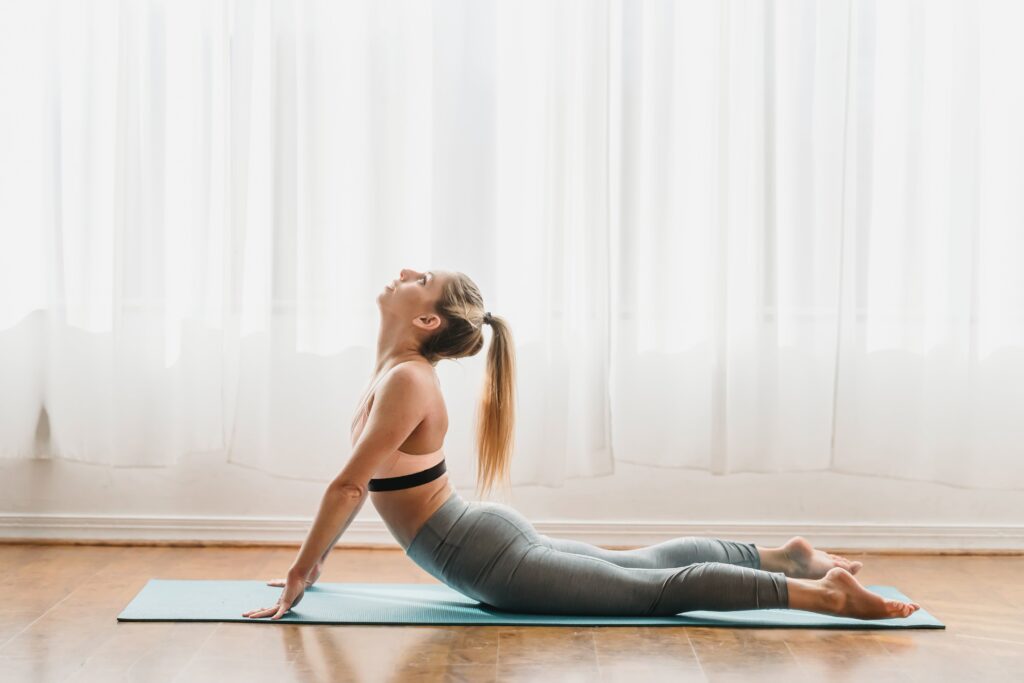Somatic Yoga for Beginners
Somatic Yoga for Beginners is a gentle, mindful approach to movement that focuses on releasing muscular tension, improving body awareness, and promoting deep relaxation. Unlike traditional yoga styles, which often emphasize holding poses, somatic yoga prioritizes slow, controlled movements designed to retrain the nervous system and restore ease of motion.
If you’re new to somatic yoga, this guide will help you understand its principles, benefits, and how to get started with a beginner-friendly practice.
Table of Contents
What is Somatic Yoga
Somatic Yoga for Beginners is based on the principles of somatics, a field of movement education that explores the mind-body connection. Developed by Thomas Hanna in the 1970s, somatics aims to address chronic pain and movement dysfunction by focusing on sensory awareness and neuroplasticity.
Unlike traditional yoga, which often involves passive stretching, somatic yoga incorporates small, intentional movements known as “pandiculations.” These movements help to reset the nervous system, releasing habitual muscular contractions that contribute to stiffness and pain.
Key elements of somatic yoga include:
- Slow, mindful movements
- Focus on breath and sensation
- Gentle release of muscle tension
- Improved body-mind awareness
Benefits of Somatic Yoga for Beginners
Somatic yoga offers numerous benefits, especially for beginners looking for a gentle and accessible movement practice. Some of the key advantages include:
1. Reduces Chronic Pain and Tension
Many people experience chronic tension due to poor posture, stress, or repetitive movements. Somatic yoga helps release deep-seated muscular tension by retraining the nervous system to relax and lengthen tight muscles.
2. Improves Mobility and Flexibility
Rather than forcing the body into extreme stretches, somatic yoga encourages gradual and mindful movement, leading to greater flexibility and ease of motion over time.
3. Enhances Body Awareness
Somatic yoga emphasizes mindful attention to movement and sensation. This increased awareness helps prevent injury, improves posture, and fosters a deeper connection between the mind and body.
4. Reduces Stress and Promotes Relaxation
The slow, meditative nature of somatic yoga activates the parasympathetic nervous system, reducing stress and promoting a sense of calm and relaxation.
How to Practice Somatic Yoga: A Step-by-Step Guide
If you’re ready to begin your somatic yoga journey, follow this simple practice to experience its benefits firsthand.
1. Find a Quiet Space
Choose a quiet, comfortable space where you can practice without distractions. A yoga mat or a soft carpeted floor is ideal.
2. Begin with Breath Awareness
Lie down on your back with your knees bent and feet flat on the floor. Close your eyes and take slow, deep breaths, focusing on the sensation of your breath moving in and out of your body.
3. Perform Gentle Somatic Movements
Here are a few beginner-friendly somatic exercises to try:
- Pelvic Tilts: Slowly tilt your pelvis forward and backward while lying on your back. Pay attention to the movement and any sensations in your lower back.
- Shoulder Rolls: Sit or lie down and gently roll your shoulders forward and backward in slow, controlled motions.
- Spinal Wave: While lying down, move your spine in a wave-like motion, allowing each vertebra to gently engage in the movement.
4. Integrate Awareness and Relaxation
After completing a few movements, take a moment to rest and notice any changes in how your body feels. End your practice with a few minutes of deep relaxation in Savasana (corpse pose).
Tips for a Successful Somatic Yoga Practice
To get the most out of your somatic yoga practice, keep the following tips in mind:
- Move slowly and mindfully; avoid rushing through movements.
- Focus on how your body feels rather than achieving a specific pose.
- Practice regularly, even if only for a few minutes each day.
- Stay present and cultivate a sense of curiosity about your movements.
Conclusion
Somatic yoga is a powerful practice for beginners looking to relieve tension, improve mobility, and enhance body awareness. By focusing on mindful movement and sensory awareness, somatic yoga can help you develop a deeper connection with your body while promoting relaxation and overall well-being.
If you’re new to somatic yoga, start with the simple exercises outlined in this guide and gradually explore more movements as you become comfortable. With regular practice, you’ll experience the profound benefits of this gentle and transformative approach to yoga.

